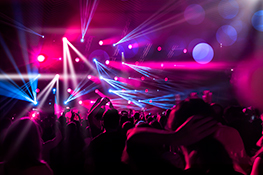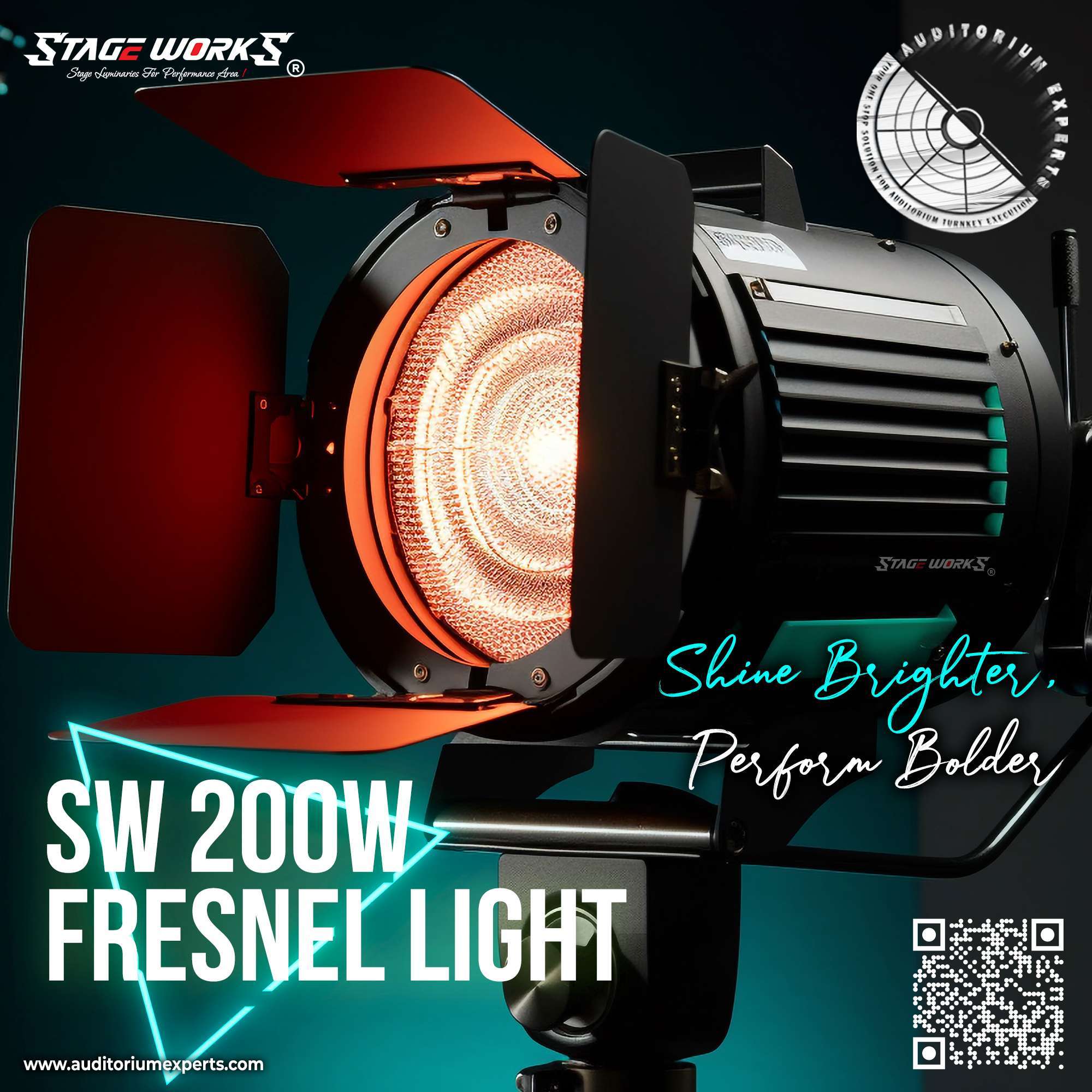The Complete Guide to Fresnel Lights for Stage Lighting
In the realm of stage lighting, the Fresnel light holds a special place due to its versatility, soft beam, and ease of use. Named after the French physicist Augustin-Jean Fresnel, these lights are a staple in theaters and studios around the world. In this blog post, we’ll delve into what makes Fresnel lights unique, their benefits, applications, and how to select the best ones for your stage lighting needs.
What Are Fresnel Lights?
Fresnel lights are a type of spotlight that use a Fresnel lens to produce a soft-edged beam of light. The Fresnel lens, originally developed for lighthouses, allows the light to be both focused and spread evenly. This results in a beam that can be adjusted from a narrow spot to a wide flood, making Fresnel lights highly adaptable for different lighting scenarios.
Benefits of Using Fresnel Lights for Stage Lighting
- Soft, Even Illumination: Fresnel lights produce a soft-edged beam that provides even illumination without harsh shadows, making them ideal for general stage lighting.
- Adjustable Beam: The ability to adjust the beam from a narrow spot to a wide flood adds to their versatility, allowing for precise control over the lighting design.
- Versatility: These lights can be used for various purposes, including backlighting, top lighting, and creating soft washes of light on stage.
- Portability: Fresnel lights are generally compact and easy to handle, making them a convenient choice for both permanent installations and temporary setups.
- Cost-Effective: Compared to other types of stage lights, Fresnel lights are relatively affordable, offering great value for their versatility and performance.
Applications of Fresnel Lights in Stage Lighting
- General Stage Lighting: Fresnel lights can be used to provide overall illumination, ensuring that performers are visible from all angles.
- Backlighting: By placing Fresnel lights behind performers, you can create depth and separation from the background, enhancing the three-dimensionality of the stage.
- Top Lighting: Mounted overhead, Fresnel lights can provide a wash of light that mimics natural sunlight, adding realism to the stage environment.
- Accent Lighting: Use Fresnel lights to highlight specific areas or props on stage, drawing the audience’s attention to key elements of the performance.
Choosing the Right Fresnel Lights for Your Stage
When selecting Fresnel lights for stage lighting, consider the following factors:
- Lens Size: Fresnel lenses come in various sizes, typically ranging from 3 inches to 12 inches or more. Larger lenses provide a wider and softer beam, while smaller lenses offer more focused illumination.
- Beam Angle: Check the adjustable beam angle range. A wider range offers more flexibility in creating different lighting effects.
- Wattage: Fresnel lights come in various wattages, determining their brightness. Choose a wattage that suits your stage size and lighting requirements.
- Dimming Capability: Ensure that the Fresnel lights are compatible with your dimming system for smooth transitions and intensity control during performances.
- Color Temperature: Consider the color temperature of the light source. Fresnel lights are available in various color temperatures, from warm tungsten to cool daylight, affecting the mood and ambiance of the stage.
- Build Quality: Opt for durable fixtures that can withstand the rigors of regular use, especially if they will be moved frequently.
Top Picks for Fresnel Stage Lights
Here are some top-rated Fresnel lights that are perfect for stage lighting:
- ETC Source Four Fresnel: Known for its high-quality optics and versatile beam adjustment, this light is a favorite among theater professionals.
- ARRI Fresnel: Renowned for their durability and superior light output, ARRI Fresnel lights are a go-to choice for both stage and film lighting.
- Strand 8-inch Fresnel: Offering a robust build and excellent light quality, this Fresnel light is ideal for a wide range of stage applications.
- Altman 65Q Fresnel: A compact and affordable option, the 65Q is perfect for smaller venues and portable setups.
Tips for Using Fresnel Lights Effectively
- Proper Placement: Position Fresnel lights to avoid unwanted shadows and ensure even coverage across the stage.
- Focus Control: Utilize the adjustable beam to create the desired lighting effect, whether it’s a narrow spot or a wide wash.
- Layering: Combine Fresnel lights with other types of stage lights, such as ellipsoidals and PAR cans, to add depth and dimension to your lighting design.
- Color Gels and Filters: Use color gels and filters to modify the light’s color and create the right mood for your performance.
- Maintenance: Regularly clean the lens and check the fixtures to ensure optimal performance and longevity.
Conclusion
Fresnel lights are an essential tool in the arsenal of any stage lighting designer. Their soft, adjustable beam and versatility make them suitable for a wide range of applications, from general illumination to accent lighting. By understanding their benefits and how to choose the right ones, you can enhance the visual impact of any performance, creating a captivating experience for your audience. Whether you’re lighting a small theater or a large concert hall, Fresnel lights can help you achieve the perfect balance of brightness and ambiance.



 Auditorium Construction Services
Auditorium Construction Services 